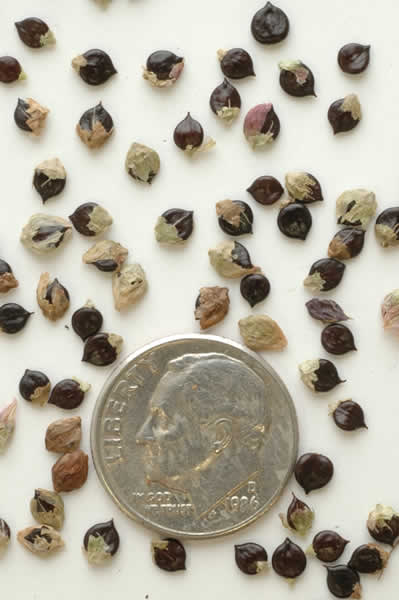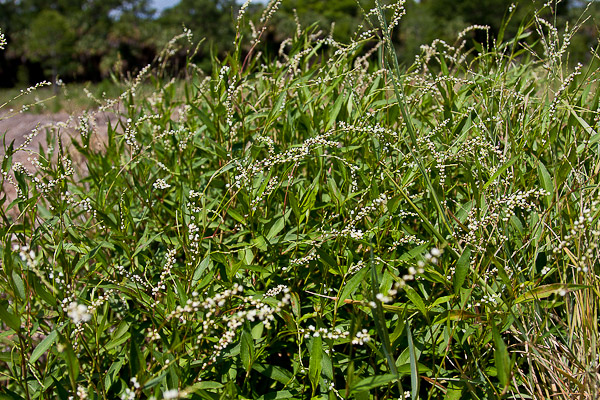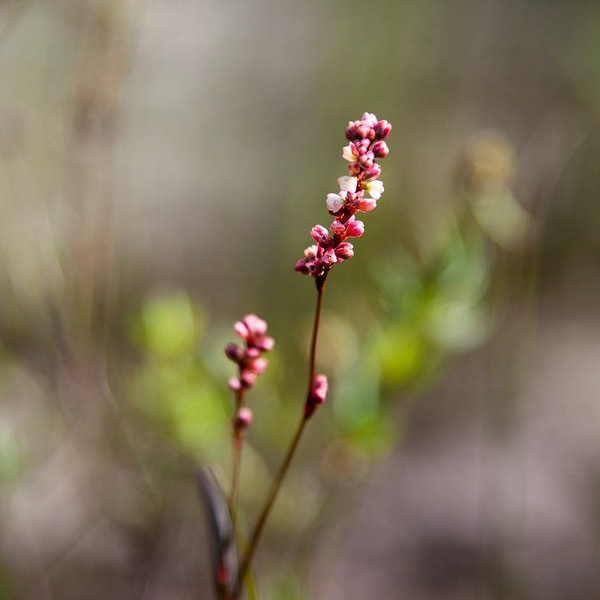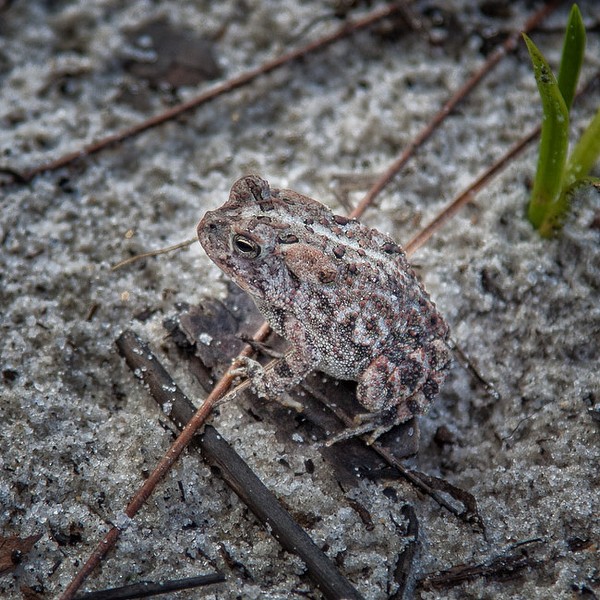Smartweeds
Polygonum punctatum (Persicaria punctata)
Polygonaceae
Today John and George got soggy feet exploring a swampy pine woods along Beeline Highway at the C-18 Canal west of Palm Beach Gardens. We came upon a grass we seldom see, Leptochloa fusca, a toad, and a diverse display of pretty wetland species, including lots of Smartweed (Polygonum punctatum).
Perhaps because I started my botanical career in the shadow of the largest Native American settlement north of Mexico, Cahokia in Illinois, whenever I encounter species of Iva, Polygonum, and some other pre-Maize grain genera, my imagination drifts back to when Smartweeds were on the menu.
Something that struck me long ago is how often as botanists we fail to consider richly native peoples in relation to native plants. Now don’t get me wrong, of course there has always been an awareness that people were here before Europeans and that they mixed it up with plants, and obviously archaeologists and anthropologists ponder native peoples all over the place. But still, traditional taxonomic botanists tend sometimes to have tunnel vision in this area.
Charles C. Mann, in his “1491, New Revelations of the Americas Before Columbus” (Vintage Books, 2006), emphasizes the under-appreciated levels of population, activity, development, longevity, and overall impact of human activity in the New World prior to the mere 500 years of European invasion.
My Second Grade teacher Mrs. McCullough knew all that when she brought to school boxes of arrow points unearthed on her farm near the Ohio River. My own mother found one in her flower garden. And in Florida it is hard to forget those who came first in a state dotted with burial mounds and shell middens.
Nobody really knows how many people lived in the pre-Columbian Americas, but a glance at Wikipedia gives a range of 30-100 million. And nobody really knows how long ago they came. Definite dates go back over 14,000 years, with less definite evidence of far longer. No matter how you slice it, many people spanning many millennia.
Florida details are murky. Archaeological excavations near the St. Johns River show settlement 5000 years ago. And a lot of pre-Europeans seem to have chosen the active Florida adult lifestyle. One estimate of the population greeting Ponce de Leon is 350,000. CLICK That’s the population of Tampa, and the residents of Tampa have quite an environmental impact!
And that brings us to the gist of today’s post. The floristic impact of hundreds of thousands of Floridians over 5000 plus years boggles the mind. Too bad we know so few details, so this is an exercise in imagination, not in precise facts. Among the many Florida plants probably moved around (or improved horticulturally, or brought from elsewhere) by ancient Native Americans include agaves, bottle gourds, coonties, morning glories, mulberries, papayas, peppers, persimmons, royal palms, squash and gourds, and others.
Polygonum defined broadly is a large complex genus having many similar species distinguished by subtle characters. About 11 species are native to Florida, with exotic additions.
Polygonums make small grainlike “seeds” (achenes) which had prominence in North American cuisine prior to Maize. We’re not talking side-dishes, but rather staples. CLICK Ancient coprolites (fossil dung) from the Fort Center archeological site near Lake Okeechobee bear Smartweed seeds. (The coprolite seeds are reportedly P. hydropiperoides, which differs from P. punctatum by having a different distribution of glands on the flowers. I doubt the ancient seed-gatherers cared about the distinction.) And they’re not just for porridge: according to the botanical literature, Polygonum punctatum was in the Native American medicine cabinet for pain relief and related ailments.

Polygonum seeds from Prairie Moon Nursery http://www.prairiemoon.com
You can take a walk and tromp on a weed searching for the rare and marvelous species. Just a nasty weed to spray with Round-Up. Is it an embarrassing discredit to your pristine yard and garden, or is it a botanical heirloom? Maybe its indigenous values date back 5000 years.
Sometimes I feel we worry too much about “endangered species” that are not really endangered (but make good attention-getting mechanisms) and maybe too little about endangered appreciation of the species all around us.


